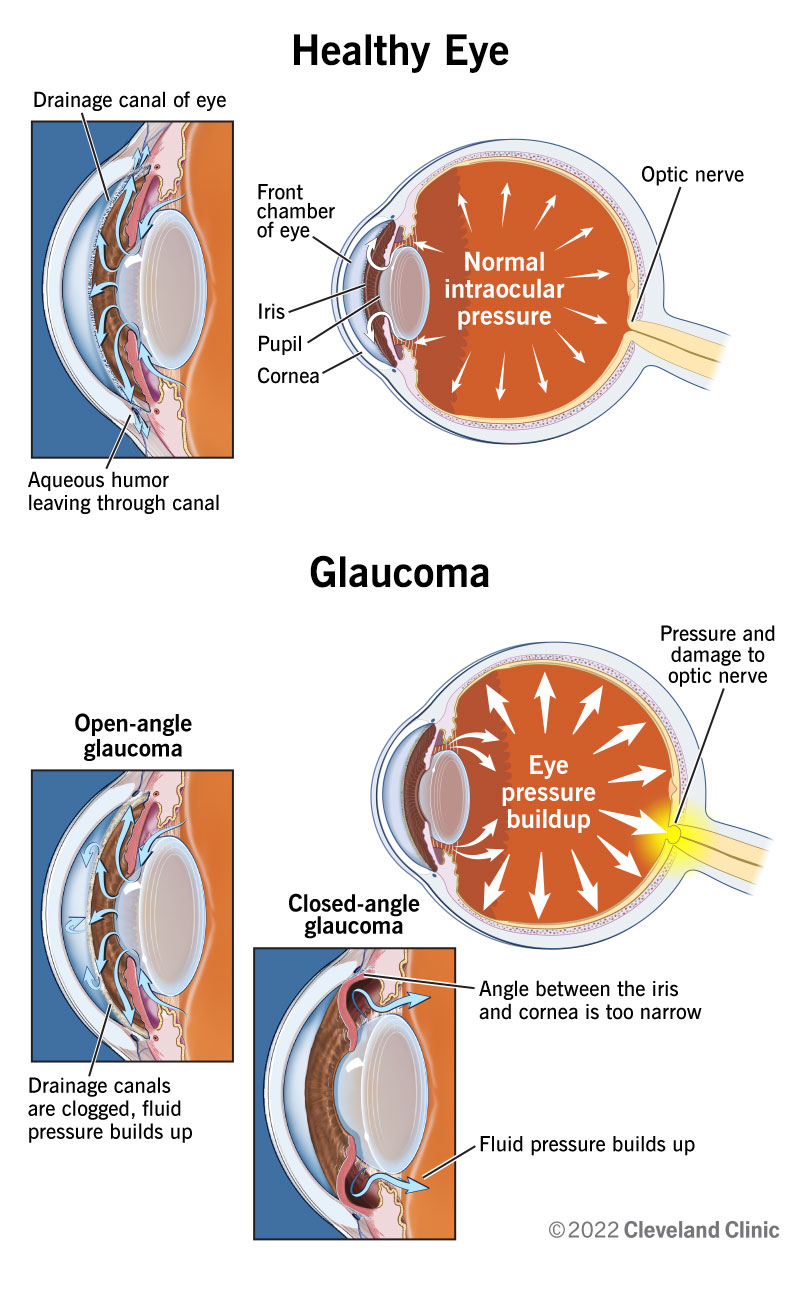Sophisticated Refractive Surgeries in AL: Change Your Vision Today
Sophisticated Refractive Surgeries in AL: Change Your Vision Today
Blog Article
Recognizing the Various Vision Adjustment Procedures Available for Clearer Sight
In the realm of vision correction treatments, a plethora of options exist to resolve refractive errors and give people with more clear sight. From the widely identified LASIK surgical treatment to much less invasive treatments like PRK and implantable lenses, the field of ophthalmology supplies a variety of methods customized to fit different demands and choices. Each treatment features its own collection of considerations, advantages, and possible threats. Understanding the subtleties of these vision improvement approaches is vital for making notified choices concerning one's aesthetic health and wellness. Allow's discover the ins and outs of these treatments and shed light on the path to achieving improved vision quality.
LASIK Surgery
LASIK surgical treatment is a typical refractive procedure used to deal with vision troubles such as nearsightedness, farsightedness, and astigmatism. This surgical technique, which stands for Laser-Assisted in Situ Keratomileusis, intends to improve the cornea to enhance exactly how light is concentrated on the retina, ultimately boosting vision quality.
One of the primary advantages of LASIK surgery is the rapid improvement in vision experienced by clients. Lots of people notice a significant enhancement in their vision instantly after the procedure. Furthermore, the majority of patients report marginal discomfort and pain during the surgery and healing duration. The healing time for LASIK is relatively fast, with several people returning to their daily activities within a day or more post-operation. Overall, LASIK surgical procedure is a preferred selection for people seeking a lasting remedy for their vision issues.
PRK Procedure
While likewise an usual refractive treatment, the PRK (Photorefractive Keratectomy) technique differs from LASIK surgical procedure in its approach to correcting vision issues. In PRK, instead of creating a flap on the cornea, the external layer of the cornea, called the epithelium, is entirely eliminated. This enables the laser to reshape the cornea to correct refractive errors such as nearsightedness, astigmatism, and farsightedness straight on the surface.

Regardless of the longer recuperation time, PRK can produce superb results in vision enhancement, making it a useful option for those who may not appropriate prospects for LASIK surgical treatment.
Implantable Lenses
In comparison to PRK where the cornea is improved straight, implantable lenses provide one more technique for remedying vision by placing visit artificial lenses inside the eye. This treatment is specifically advantageous for people with high degrees of astigmatism, nearsightedness, or farsightedness that might not be suitable prospects for laser surgical treatments like LASIK or PRK.
Implantable lenses, additionally understood as phakic intraocular lenses, job by supplementing the eye's all-natural lens with a fabricated one. refractive surgeries in al. These lenses can be put before the all-natural lens (former chamber) or behind the iris and before the natural lens (posterior chamber) By adjusting the power and positioning of these lenses, eye doctors can successfully deal with refractive errors and boost visual acuity
One advantage of implantable lenses is that they are removable and exchangeable, providing flexibility for future modifications. As with any kind of surgical procedure, there are risks included, such as infection or cataract development. Patients considering implantable lenses must speak with an eye treatment specialist to establish one of the most suitable alternative based upon their individual demands and eye health and wellness.
Corneal Rings
Corneal rings, also referred to as intracorneal ring sectors, are tiny, clear devices put into the cornea to correct vision distortions such as keratoconus. Keratoconus is a condition where the cornea thins and bulges outside, triggering vision to come to be distorted. The insertion of corneal rings helps to flatten the cornea, enhancing aesthetic acuity and decreasing the irregular astigmatism brought on by keratoconus.
The procedure for inserting corneal rings is fairly quick and minimally invasive, usually carried out as an outpatient treatment. Throughout the surgery, the ophthalmologist makes a tiny Continued incision in the cornea and inserts the rings at a particular deepness. When in location, the rings help to improve the cornea, giving a smoother Full Article surface for light to go into the eye, which can cause clearer vision.
Corneal rings are considered a reversible procedure, as they can be removed or changed if required. eyecare near me. While they may not entirely get rid of the requirement for glasses or get in touch with lenses, corneal rings can significantly enhance vision top quality and total aesthetic comfort for people with keratoconus or other corneal abnormalities
Refractive Lens Exchange
Following the improvement of corneal abnormalities with treatments like corneal rings, an additional vision correction method that can address refractive errors is Refractive Lens Exchange (RLE) RLE is an operation that entails replacing the eye's natural lens with a fabricated intraocular lens (IOL) to correct refractive errors such as farsightedness, nearsightedness, and presbyopia. This procedure is specifically useful for people that may not be suitable candidates for treatments like LASIK or PRK as a result of factors such as thin corneas or high refractive mistakes.

Conclusion
In final thought, there are numerous vision correction treatments available to aid people achieve clearer view. LASIK surgical treatment, PRK treatment, implantable lenses, corneal rings, and refractive lens exchange are all alternatives that can address different vision concerns.
In the realm of vision improvement treatments, a wide range of alternatives exist to attend to refractive errors and offer individuals with clearer view.LASIK surgical procedure is a typical refractive procedure used to correct vision issues such as astigmatism, nearsightedness, and farsightedness.While additionally a common refractive treatment, the PRK (Photorefractive Keratectomy) technique differs from LASIK surgical treatment in its approach to remedying vision problems.Following the correction of corneal abnormalities with procedures like corneal rings, an additional vision modification method that can deal with refractive errors is Refractive Lens Exchange (RLE) LASIK surgical procedure, PRK procedure, implantable lenses, corneal rings, and refractive lens exchange are all choices that can deal with different vision issues.
Report this page